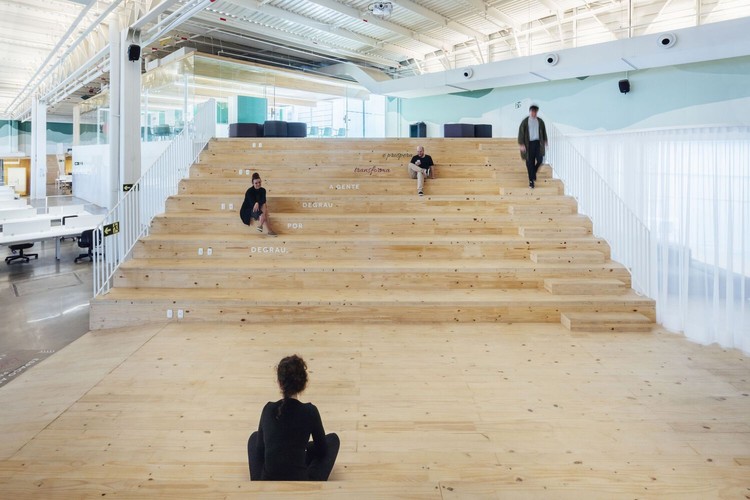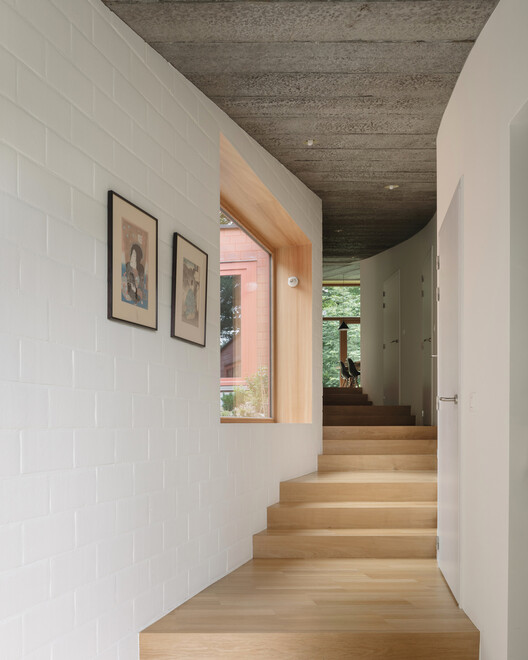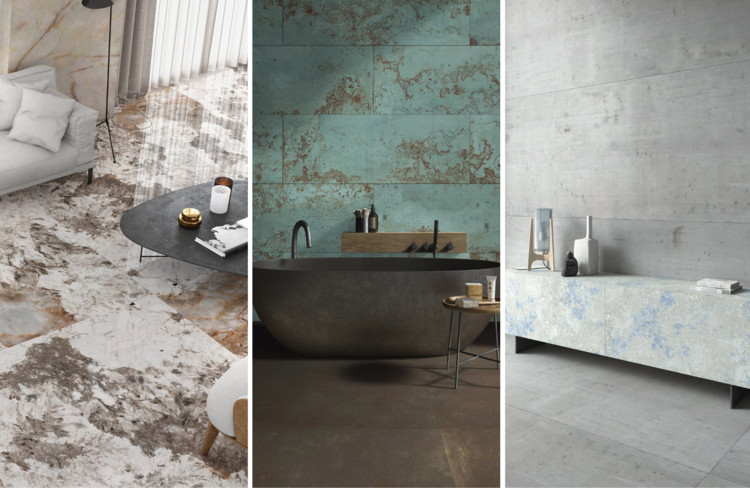.jpg?1639149896)
Control of concrete strength and maturity in large-scale projects has traditionally been recorded and measured manually. Nowadays, there are new technologies that allow builders to melt sensors directly into the concrete, which –connected to a transmitter– show continuous data on the material's temperatures, sending this data wirelessly to the cloud platform. The software then automatically calculates maturity and strength based on historical data, so the concrete mix and strength development process can be followed from any device and in real-time.


















